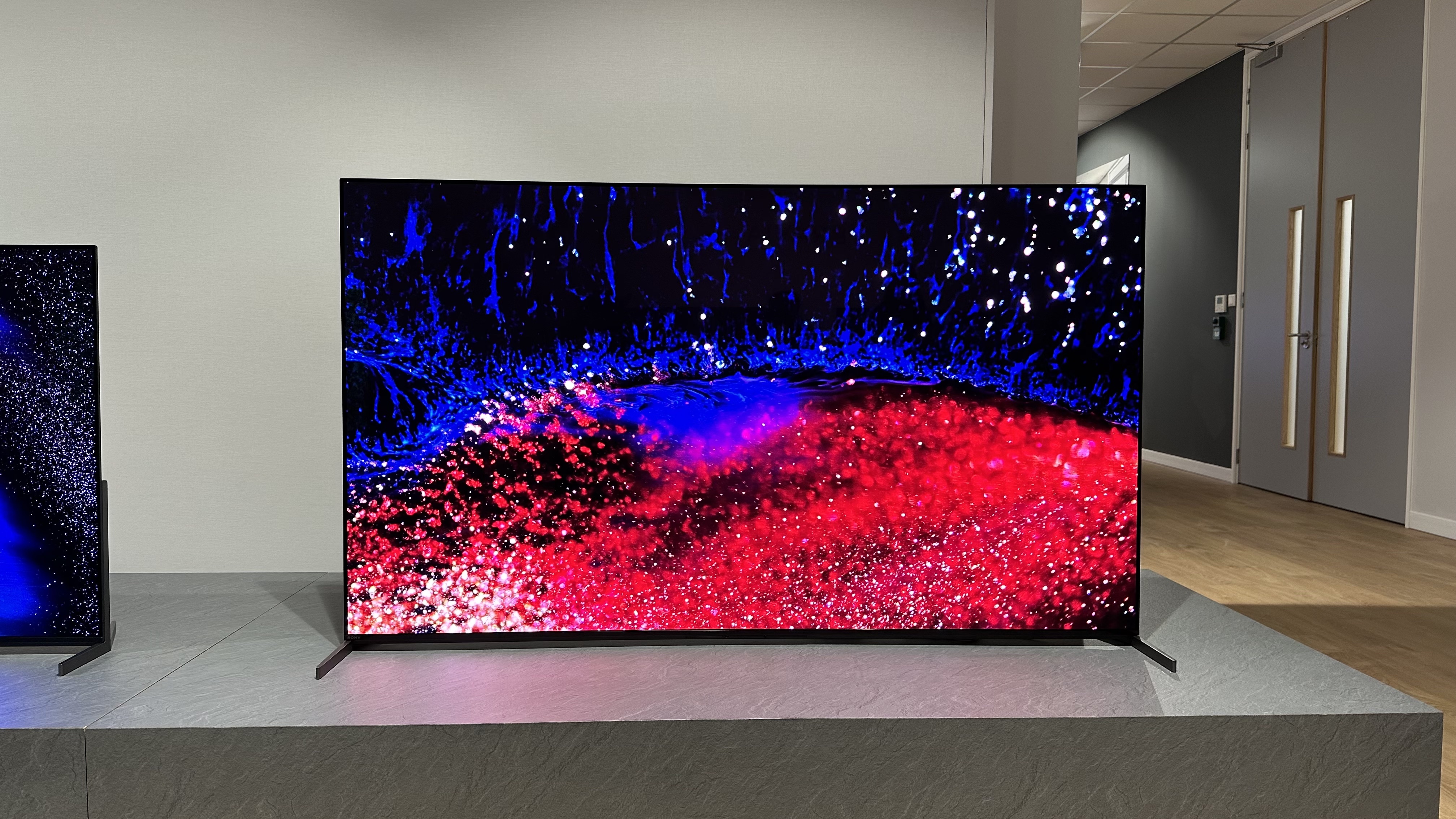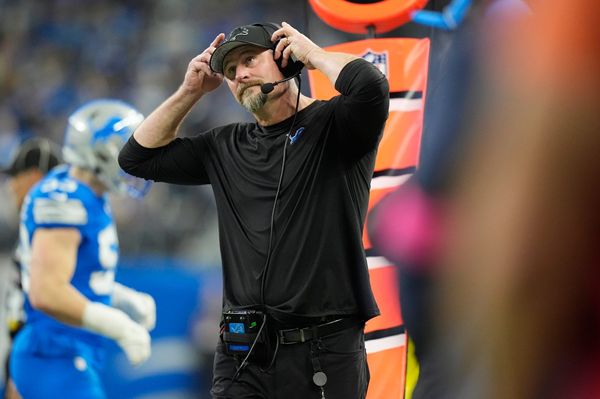
It’s de rigueur these days for a TV launch to include a demonstration against a mastering monitor. The appetite of discerning buyers to be able to watch movies in the way the director intended has seemingly pushed through to an extent that even brands that had previously favoured awe over accuracy in terms of picture quality, such as Samsung, now always include a comparison between its latest flagship and the latest mastering monitor.
For those who don’t know, a mastering monitor is what is generally used in the editing suites of movie and television studios. They’re almost always painstakingly pre-calibrated to industry standards for colours and contrast and generally feature the latest and greatest panel technology. While alternatives do exist, one brand reigns supreme when it comes to producing mastering monitors, and that brand is Sony, whose BVM-X300 ruled the roost for a number of years before it was replaced by the BVM-HX310 in 2019. Every time any brand has invited me to see a demo of its new TV against a mastering monitor, it’s involved the X300 or HX310.
If you’re wondering why we don’t all go out and buy a Sony BVM-HX310 for our homes if that’s essentially the reference against which all TVs are judged, it’s primarily because its screen measures just 31 inches and it costs around £30,000 / $30,000 / AU$45,000. It also relies on big heatsinks and even fans to stay cool, so is thick, noisy and power-hungry. Plus, it’s intended for professional use, with menus and connections that would be of no use to us plebeian home users and few of the sockets and features we actually want.
The next thing to point out is that no TV I’ve ever seen has matched the Sony mastering monitor in terms of picture quality – and no brand has ever expected it to. The idea is basically to demonstrate how close the TV gets to the essentially (currently) impossible reference. Why ‘impossible’? In the case of the BVM-HX310, mostly because it uses advanced ‘dual layer LCD’ technology to, in essence, combine the exceptionally high brightness of the best backlit TV with the perfect black and pixel-level contrast control of an OLED. It is, in some ways, the Holy Grail.

You obviously know where I’m going with all of this. That’s right; while I’ve seen a number of TVs that do an admirable job of recreating mastering monitor picture quality, my recent hands-on session with the Sony A95L suggests (emphasis on 'suggests') that it gets closer than any of them.
The big thing is colours, which I’d argue represent the most important element of picture quality when it comes to recreating creative intent. If the colours are right, you’re a long way to seeing a movie as it was supposed to be seen. I’ve seen lots of TVs that get close to the BVM-HX310 in terms of colours in mid-brightness scenes, but none that maintain that level of accuracy in low light and bright scenes in the way that the A95L appears to. The TV is able to reproduce more vibrant bright colours than a standard OLED TV thanks to the Quantum Dots of its QD-OLED panel, but being able to reproduce better colours and actually doing so accurately are two different things, and the A95L appears to nail both.
The delivery of light and dark detail from the A95L looked very similar to the mastering monitor, too, and I was very impressed with the way the 65-inch TV appeared almost as sharp as the 31-inch monitor, despite the huge reduction in pixel density caused by stretching a 4K resolution over a much larger surface area.
There are, of course, still ways in which the A95L can’t match the mastering monitor, most notably in large, very bright images. The peak brightness of the A95L is claimed to be around 2000 nits but, thanks to its OLED technology, it can’t achieve anything like this figure on more than a very small part of the picture and for any longer than a few seconds. The dual-layer LCD HX310, on the other hand, can reproduce a consistent 1000 nits across the whole screen indefinitely, and while the A95L looks plenty bright enough in isolation, there are times that it looks a bit dull and grey next to the brightness and purity of the mastering monitor.
Still, as we’ve discussed, having a mastering monitor at home is barely possible and even less desirable, and my recent hands-on session suggests the Sony A95L might be the next best thing. Of course, we’ll have to get the TV in for full, extensive testing before we can deliver our final verdict, which will also have to take into account the A95L’s price – that might be low compared to a 31-inch mastering monitor but is high by consumer TV standards, particularly in the UK. Even so, the early signs are seriously good, particularly if faithfulness to source material is what you value most.
MORE:
Check out our full Sony A95L hands-on
The TV to beat? Here's our LG G3 review
These are the best TVs you can buy right now
And these are the latest and greatest TV deals







